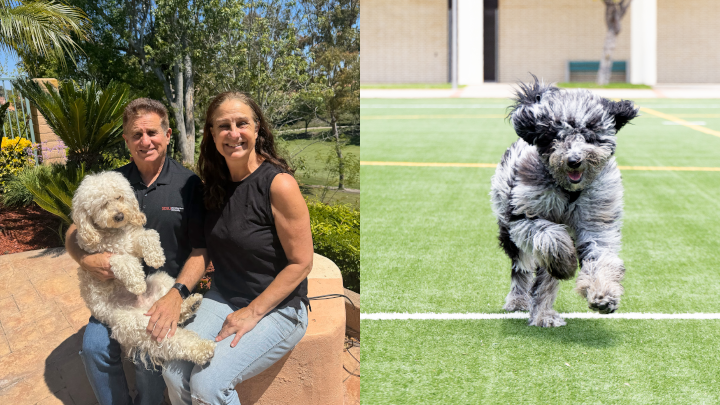Does a Fitness Smartwatch Work Well for Wheelchair Users?
Exercise physiologists tested the iWatch and found accuracy depended on intensity levels.

Fitness trackers have become increasingly popular, as everyone became interested in counting how many steps they took daily and how many calories they burned. But do they work just as well for people who use wheelchairs for mobility?
That’s the question researchers in San Diego State University’s School of Exercise and Nutritional Sciences set out to answer, comparing the devices to lab equipment designed to measure precise caloric expenditure.
Exercise physiologist and associate professor Jochen Kressler and graduate student Daniel Moreno studied 15 people not living with disability and 15 wheelchair users who performed similar exercise routines on wheelchair treadmills called roller systems.
“Adaptive fitness is training for people with special needs, and they are just as interested as everyone else in learning how many calories they’re burning,” Kressler said. “In the lab, we measure respiratory gas consumption to give precise calorie count using a portable metabolic cart, but it’s much easier to use fitness trackers, so we wanted to see if they provide an accurate measurement.”
What he and Moreno found was that at higher intensity levels – increased stroke counts for the wheelchair – the iWatch measurements of metabolic response were more precise, but at lower intensity levels, the measurements were off. Conclusion: the trackers aren’t well-suited for wheelchair treadmills or arm cycles.
The self-funded study was published in the International Journal of Sports Medicine in March.
Kressler noted trackers count “steps” even if the user is simply shaking one by hand. “So the trackers are not counting actual steps or strokes, what they’re really measuring is acceleration in all three planes – up and down, forward and back, and side to side.”
Metabolic response – which is Kressler’s area of expertise – measures oxygen consumption and carbon dioxide emission during respiration, which is then used to calculate caloric expenditure. This can help people decide how to modify what they eat and how they exercise. Along with the iWatch, participants in the trial wore a mask connected to a gas analyzer attached to the chest, connected wirelessly to a computer that analyzes measurements.
Kressler and Moreno observed the two groups and found there was no significant difference in the way the smartwatch measured the calories burned for sets of 30, 45 and 60 stroke counts, thus results were combined for both groups.
The tracker underestimated calories burned on the treadmill but overestimated calories burned on the arm cycle, by an average of two to five kilo calories (kcal) for three-minute periods. Extrapolated for an hour of activity, that translates to the tracker underestimating by about 40 to 100 calories per hour for the treadmill and about 20 to 60 calories for the arm cycle.
What this comes down to is how important these measurements would be for each user.
“I wouldn’t use it in the lab, but everyone needs to decide for themselves,” Kressler said.
However, to get precise measurements using the equipment he used, currently the only option is to go to health spas or exercise physiology labs. Going forward, he plans to have people wear the next generation iWatch and go about their regular day, so he can observe them in the field instead of in the lab.



